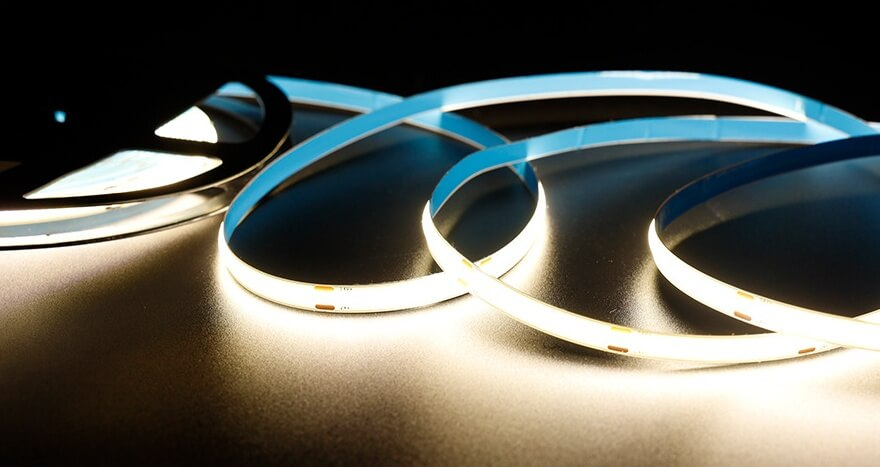High Quality OEM/ODM LED Strip Manufacturer
High Quality OEM/ODM LED Strip Manufacturer
July 4, 2024 230
LED strip lights have become a popular choice for both residential and commercial lighting due to their versatility and aesthetic appeal. However, one common question that arises is whether strip lights consume a lot of electricity. This article delves into the energy consumption of LED strip lights, helping you understand their efficiency and impact on your electricity bill.

LED strip lights are known for their energy efficiency. Compared to traditional lighting options, they consume significantly less power. The electricity usage of LED strip lights can be measured in watts per meter, and it varies depending on the type and brightness of the LEDs.
Wattage: The wattage rating of an LED strip light indicates its power consumption per meter. Common wattages range from 4.8 watts per meter to 14.4 watts per meter or higher. Lower wattage strips are generally used for ambient lighting, while higher wattage strips are used for task lighting or areas requiring brighter illumination.
Length of the Strip: The total power consumption depends on the length of the LED strip in use. For example, a 5-meter strip light with a wattage of 10 watts per meter will consume 50 watts of power.
Usage Time: The amount of time the strip lights are in use also impacts electricity consumption. The longer the lights are on, the more electricity they will use.
To calculate the energy consumption of your LED strip lights, you can use the following formula:
For example, if you have a 5-meter LED strip light with a wattage of 10 watts per meter, used for 5 hours a day over 30 days, the calculation would be:
When compared to traditional incandescent or halogen lights, LED strip lights are far more energy-efficient. Incandescent bulbs typically use about 60 watts of power each, while a comparable LED strip might use just 10-15 watts. This reduction in power usage can lead to significant savings on your electricity bill.
LED strip lights do not use a lot of electricity, especially when compared to traditional lighting options. Their energy efficiency, combined with other benefits like longevity and eco-friendliness, makes them an excellent choice for various lighting needs. By understanding the factors that affect electricity consumption, you can make informed decisions about the type and usage of LED strip lights in your home or business.
For more information on energy-efficient lighting solutions and to explore our range of LED strip lights, visit our website or contact our customer support team.
If you need assistance from professionals, feel free to contact us. We are here to provide you with expert help and support for all your needs. Don't hesitate to reach out to our team for personalized assistance and solutions. We look forward to serving you.
Our sales will reply to you within 2 hours.
